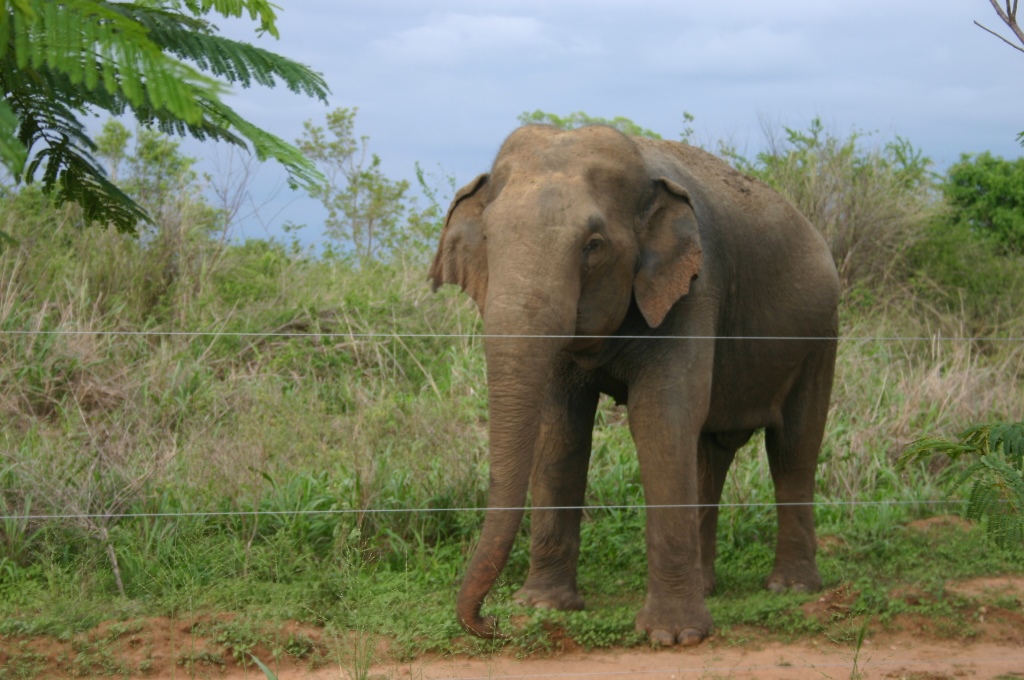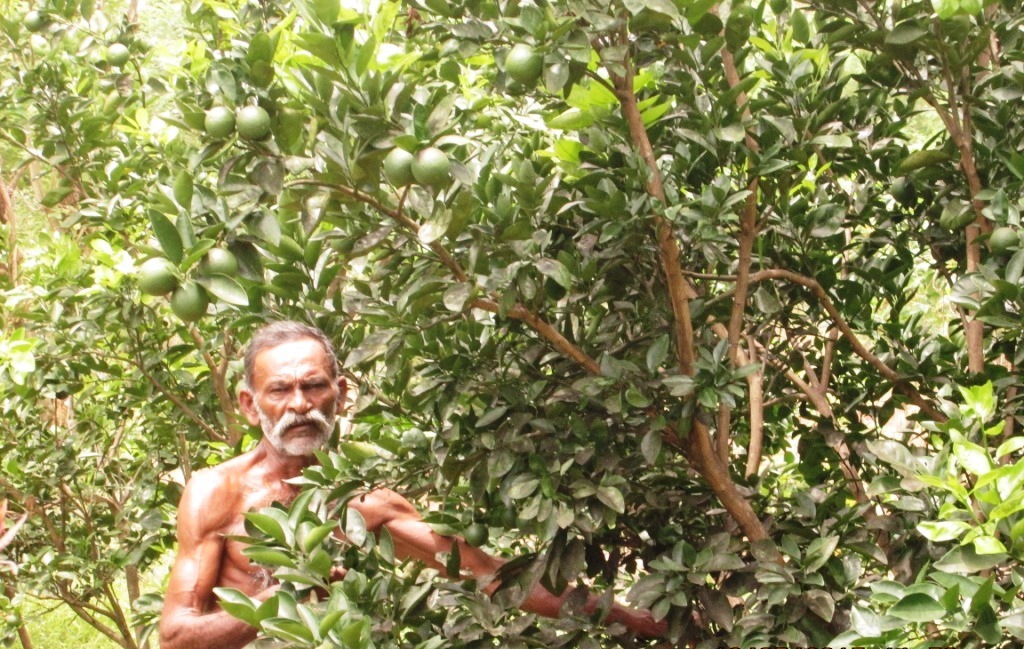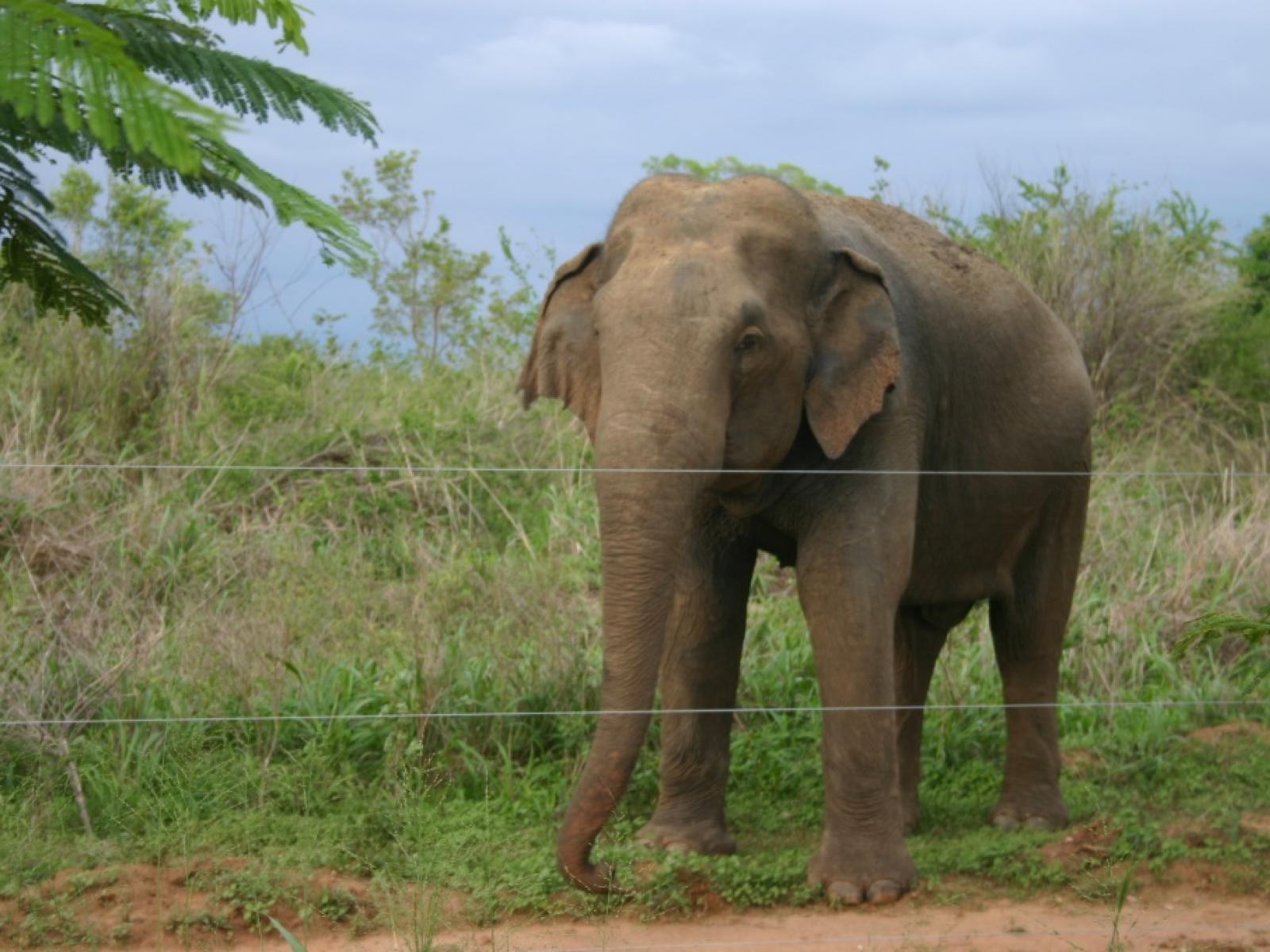An Overview Of Our Solution
- Population Impacted:
- Continent: Asia
Organization type
Population impacted
Size of agricultural area
Production quantity
People employed
Describe your solution
Describe your implementation
External connections
What is the environmental or ecological challenge you are targeting with your solution?
Describe the context in which you are operating
The Asian elephant (Elephas maximus) is one of the most endangered mega-herbivores in the world. Over the last four decades the Asian elephant population has declined precipitously, and one of the biggest threats to its survival is conflict with humans over crop raiding. Human-elephant conflict (HEC) is one of the biggest environmental and socio-economic crises of rural Sri Lanka. Annually elephants cause over ~US$10 million worth of crop and property damage to rural farmers. It is a substantial cost to bear for a population where nearly seventy percent of people live in poverty so in retaliation farmers kill elephants. Every year on average 225 elephants are killed because of this conflict and elephants kill about 60-80 people every year as well. Most of these farmers are killed in their own villages, backyards and fields. HEC is pretty intense in Sri Lanka and is escalating practically every year due to human settlements encroaching further and further into elephant habitat. Aaccording to the Department of Wildlife Conservation within the period 2005 - 2014 alone, 2,105 were killed and 691 people died in elephant related deaths in rural Sri Lanka.
How did you impact natural resource use and greenhouse gas emissions?
Social/Community
Water
Food Security/Nutrition
Economic/Sustainable Development
Climate
Sustainability
The project needs initial grant funds similar to start up funds but once the project is well established the income generated is sufficient to sustain and scale up the project. The mitigation of HEC ensures farmers of a full harvest of their crops which brings in a high income. The cultivation of citrus provides the farmers with a product that needs to minimum investment. Oranges and limes have a high market demand and provide farmers with a sustainable income that is not susceptible to elephant raiding. The honey bees also provide the farmers with sustainable income plus increases agriculture production through increased pollination. The project once it’s established can operate purely on market-based revenue.
Return on investment
Entrant Image

Entrant Banner Image

